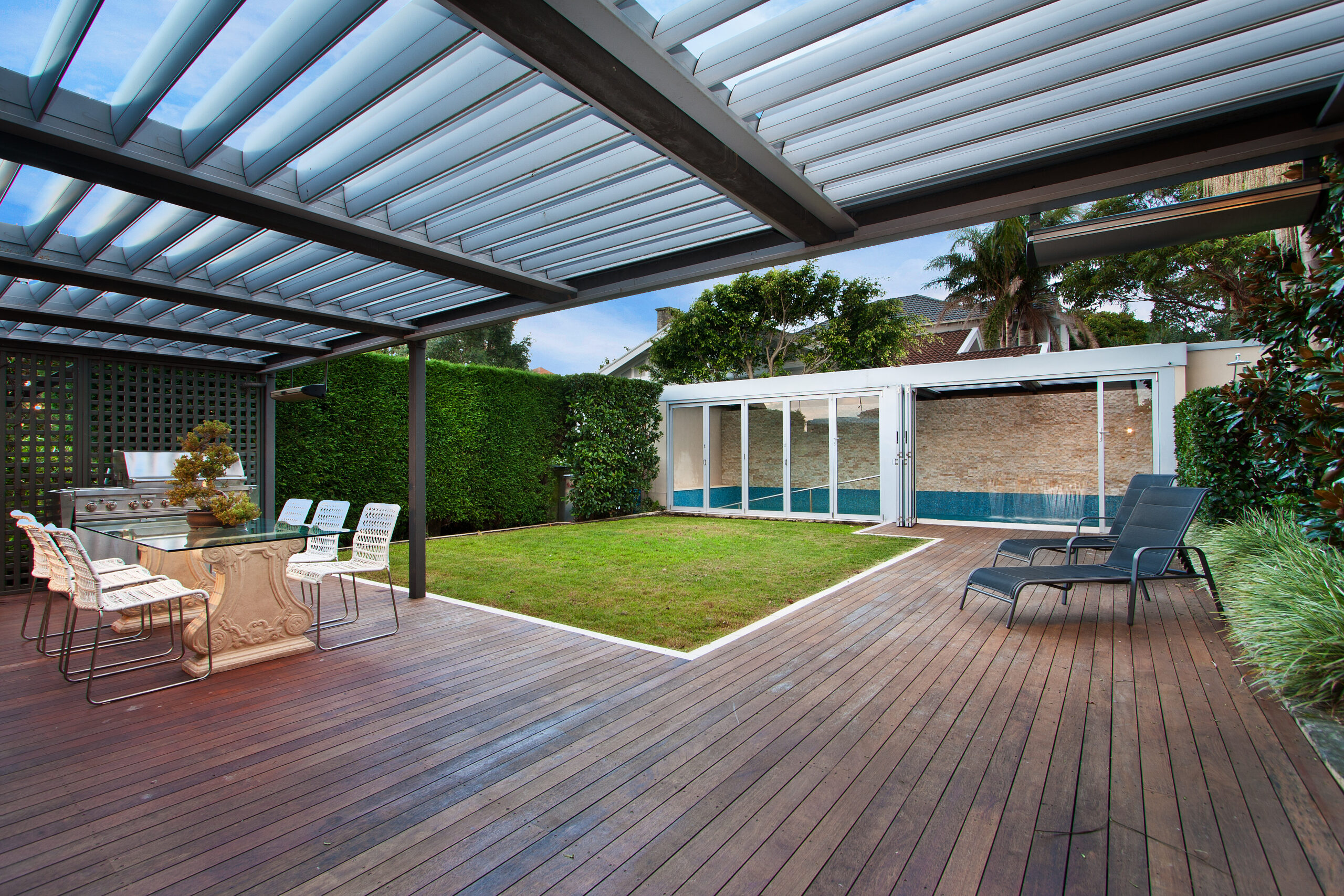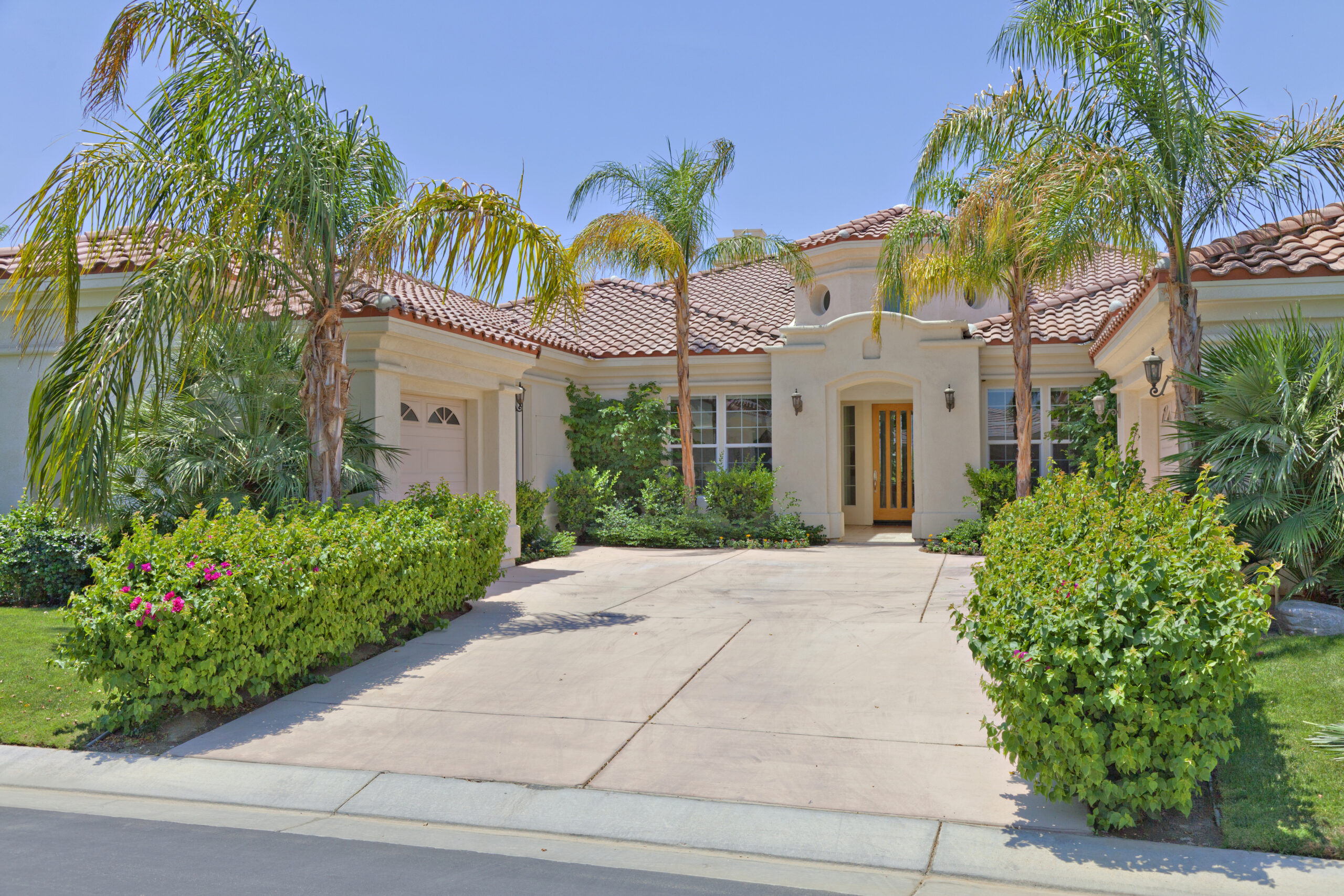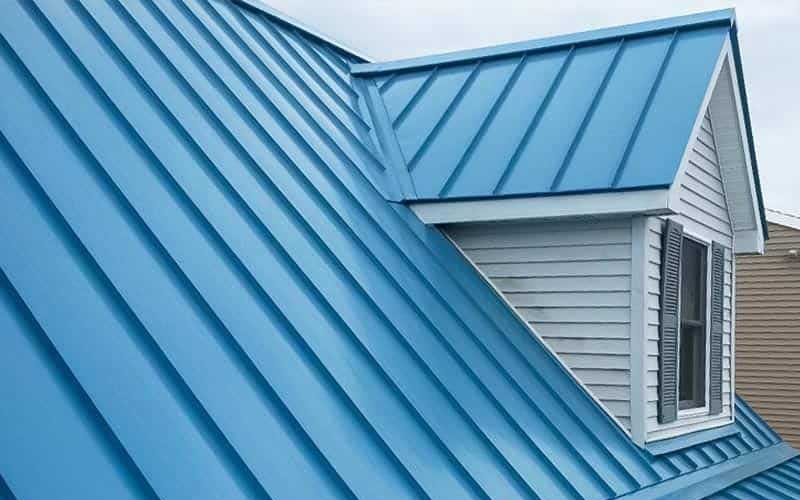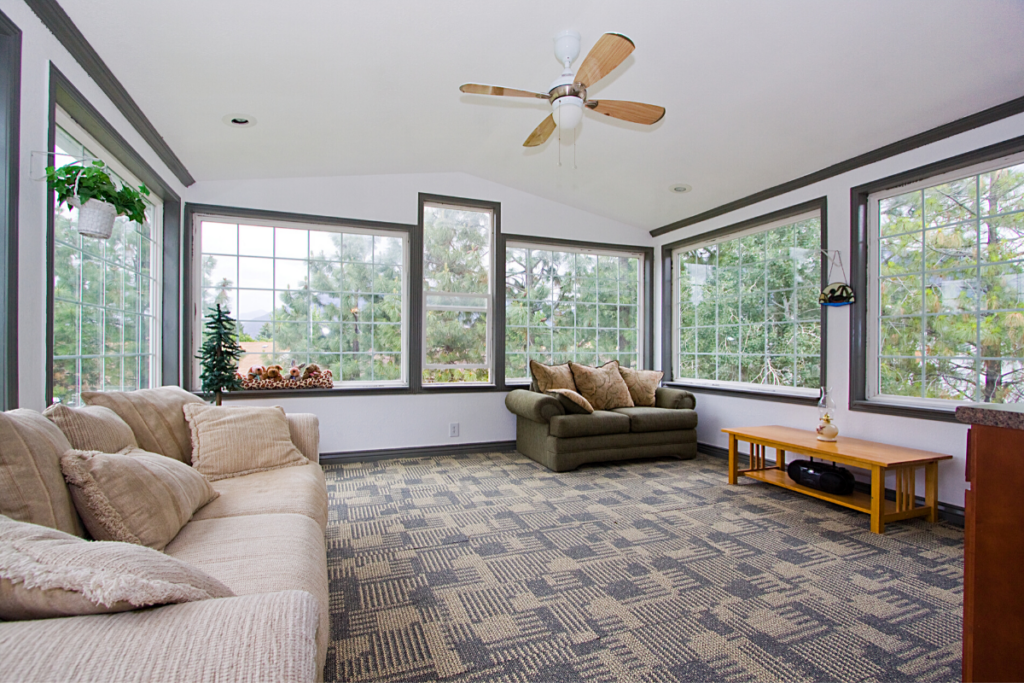A sunroom is a perfect way to enjoy the good summer weather at home, away from the noise of your family and without being troubled by pesky bugs. By design, Florida sunrooms are expected to be cooler than the surrounding areas. Even when the sun is hot in the sky, a sunroom is supposed to be cool.
So if your sunroom is letting in too much of the summer heat, it is not doing its job. Excessive sunlight and heat can make your sunroom unbearable. If this happens, the whole purpose of having a sunroom will be defeated. No one wants to sit in a room that feels like it’s about to bake them.
Regardless of how much you invested to build the sunroom, if it overheats, it will be abandoned, or is going to be used less often than it could be. How can you solve this problem? Luckily, there are few inexpensive ways to solve the problem when your sunroom gets too hot in summer. Innovative Property Solutions, a property management company in Jacksonville, shares a few of them with us.
Improved airflow

Even when the temperature outside the sunroom is not very high, if the sunroom has inadequate airflow, it is going to get hot. Without sufficient circulation, hot air is going to be trapped inside the room. This makes the space both uncomfortable and unhealthy.
Simple ways to improve airflow are: creating air vents in the ceiling to draw warm air upwards, installing an exhaust fan inside the vents to accelerate air movement, and installing small fans near the floor of the room to push warm air toward the ceiling.
Install sunroom blinds
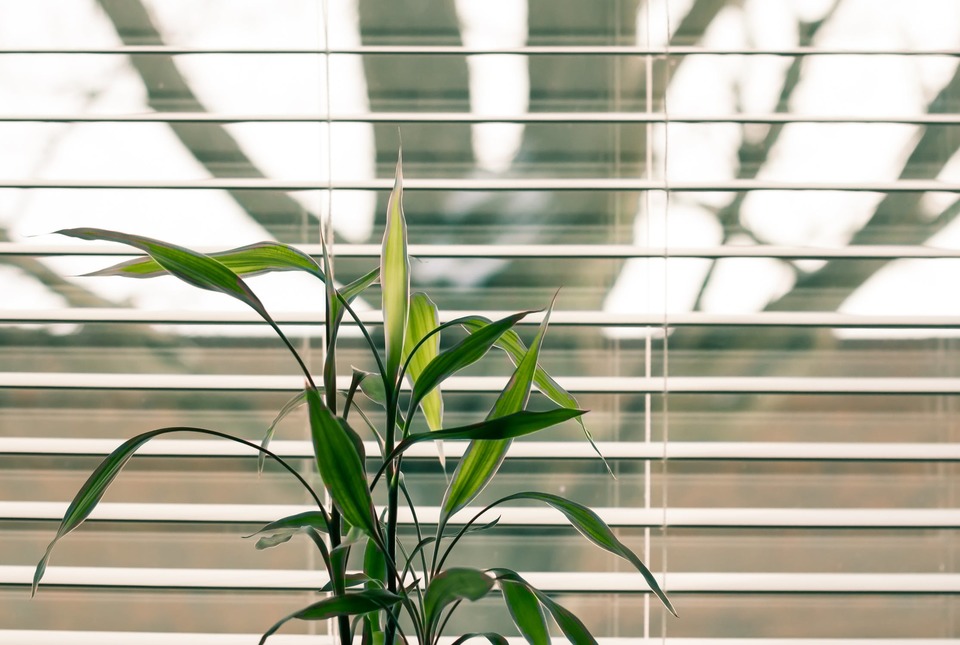
Reducing the amount of direct sunlight that’s getting into the sunroom will keep the room cooler. Because less of the sun’s UV rays will reach the room. The easier way to do this is to install sunroom blinds.
Blinds can deflect a portion of the sun’s light and heat from the room, without making it dark. When choosing sunroom blinds, choose options that still let you enjoy the essence of your sunroom; sunlight.
Blinds that can be adjusted to a fully-open, partially-open, or closed position are best. For the best results, blinds should be used in combination with vents.
Window tinting and insulation
Tinting the windows of your sunroom are similar to installing blinds, but this is a more permanent solution. Unlike blinds, you cannot adjust the volume of light a tinted window will admit. However, they are more effective at blocking out the sun’s heat than sunroom blinds.
A similar solution to window tint is installing insulated windows. These are thick panes of glass with tightly-sealed edges that can create a more energy-efficient space year-round. Insulated windows keep warm air outside during summer and cold air outside during winter.
Install a ceiling fan
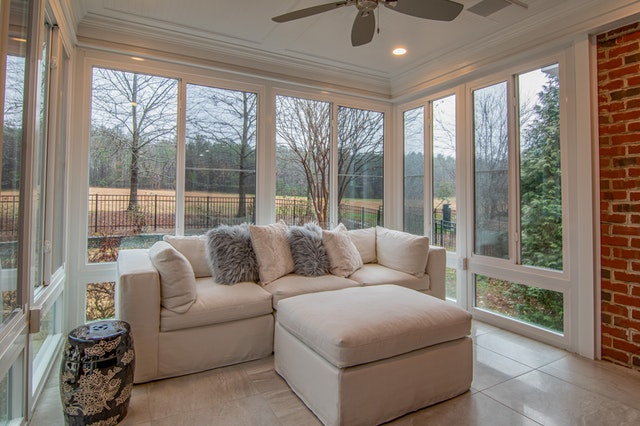
A ceiling fan is a cheap and effective way to dispel excessive heat inside a sunroom. It can be used alongside the room’s air conditioners or on its own. Ceiling fans improve circulation within the room by facilitating the removal of warm air through the sunroom’s ceiling vents.
If there is an air conditioner in the sunroom, it will push the cooled air to every part of the room to ensure a uniform temperature. Ideally, ceiling fans should work in combination with blinds and air vents. If it is not possible to install a ceiling fan, a portable fan will suffice.
Expand HVAC Vents to the sunroom
Depending on the strength of your home’s cooling system, you can expand your HVAC vents to your sunroom. This will connect the sunroom to the house and allow its temperature to be regulated the same way you regulate your home’s temperature.
To make this solution work, the sunroom should have the same level of insulation as the rest of the house. Or, you may have cooled air leaking from the sunroom, which will inflate your energy bills. And as already stated, the capacity of your HVAC systems should be able to accommodate the additional load.
If you’re considering making significant changes to your sunroom’s cooling system, it may be beneficial to consult experts in the field. For those located in the region, seeking out HVAC Services Fort Lauderdale experts can help you access skilled technicians who understand the unique challenges of maintaining a sunroom’s environment efficiently. They can provide tailored solutions that ensure your sunroom remains a comfortable retreat during the summer months.
Install a ductless mini-split, window-unit or portable A/C
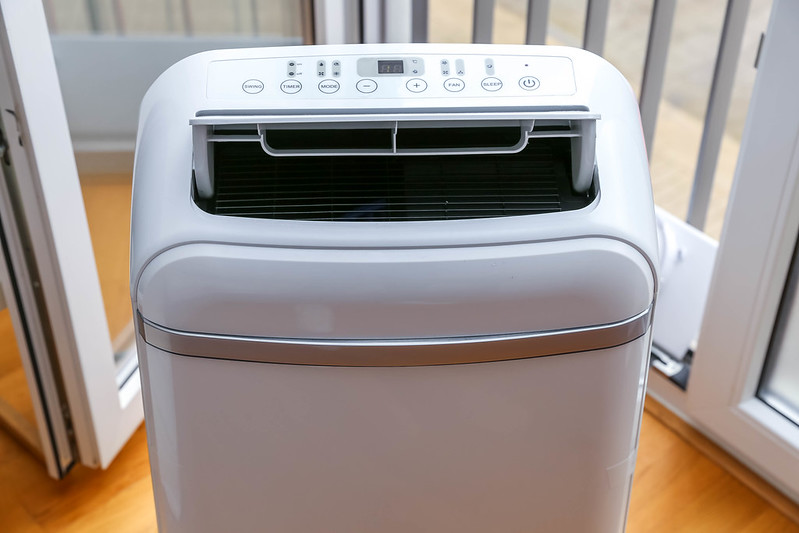
If expanding your home’s HVAC vents is not an option, you may want to consider installing a separate A/C in the sunroom. This solution has the advantage of keeping the sunroom’s cooling system separate from that of the home. And you can set an ideal temperature for the sunroom, different from that of the rest of the house. There are three types of A/C systems to choose from:
- A ductless mini-split A/C: A mini-split unit is easy to install and since it has no ducts, it loses less energy.
- A window unit: A window unit is less expensive than a mini-split, but just as efficient and it is easy to install and remove.
- A portable A/C: A portable unit sits on the ground and is not very efficient. But it is an option if the walls of the sunroom cannot bear the weight of a mini-split or window unit.

